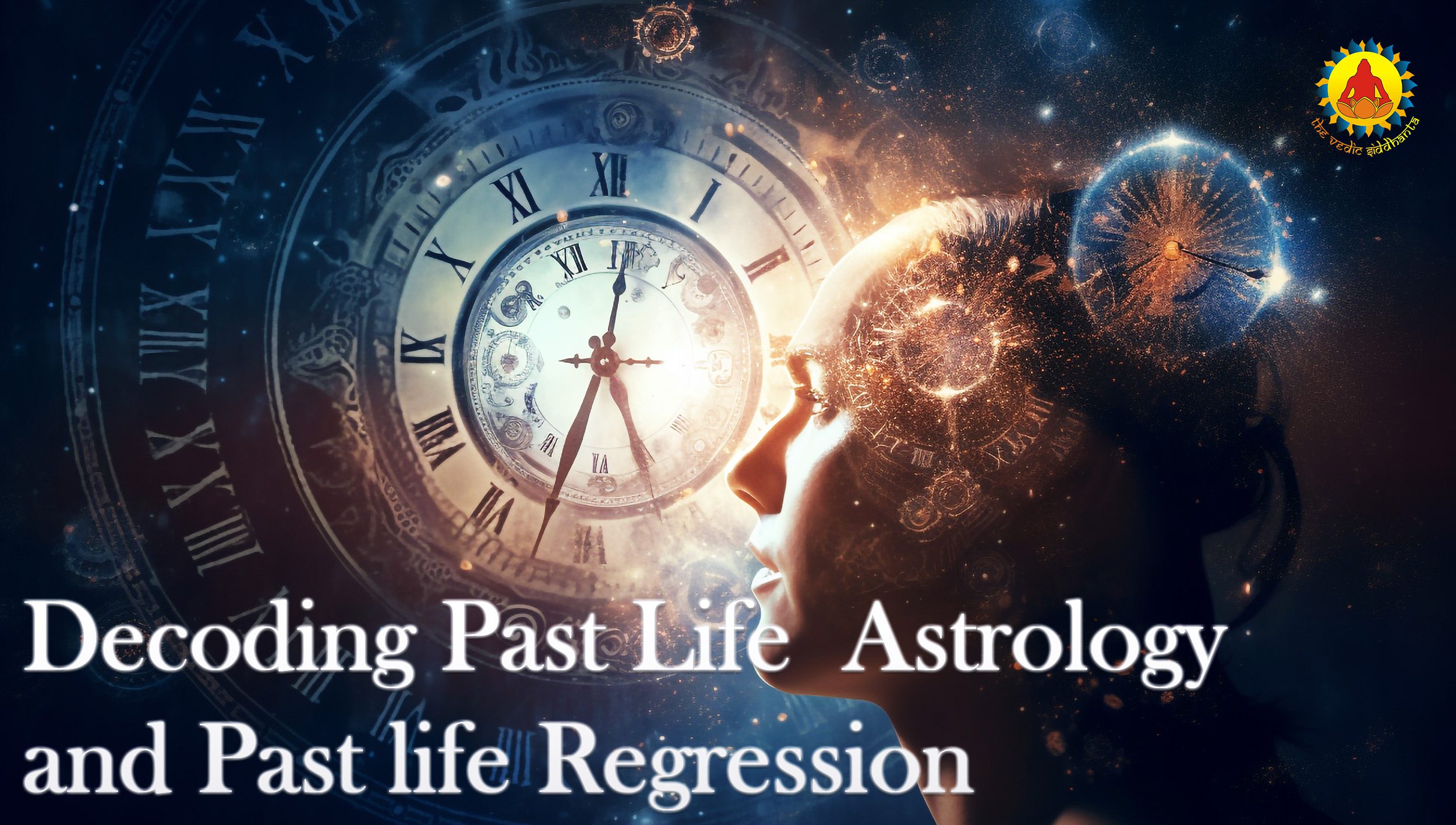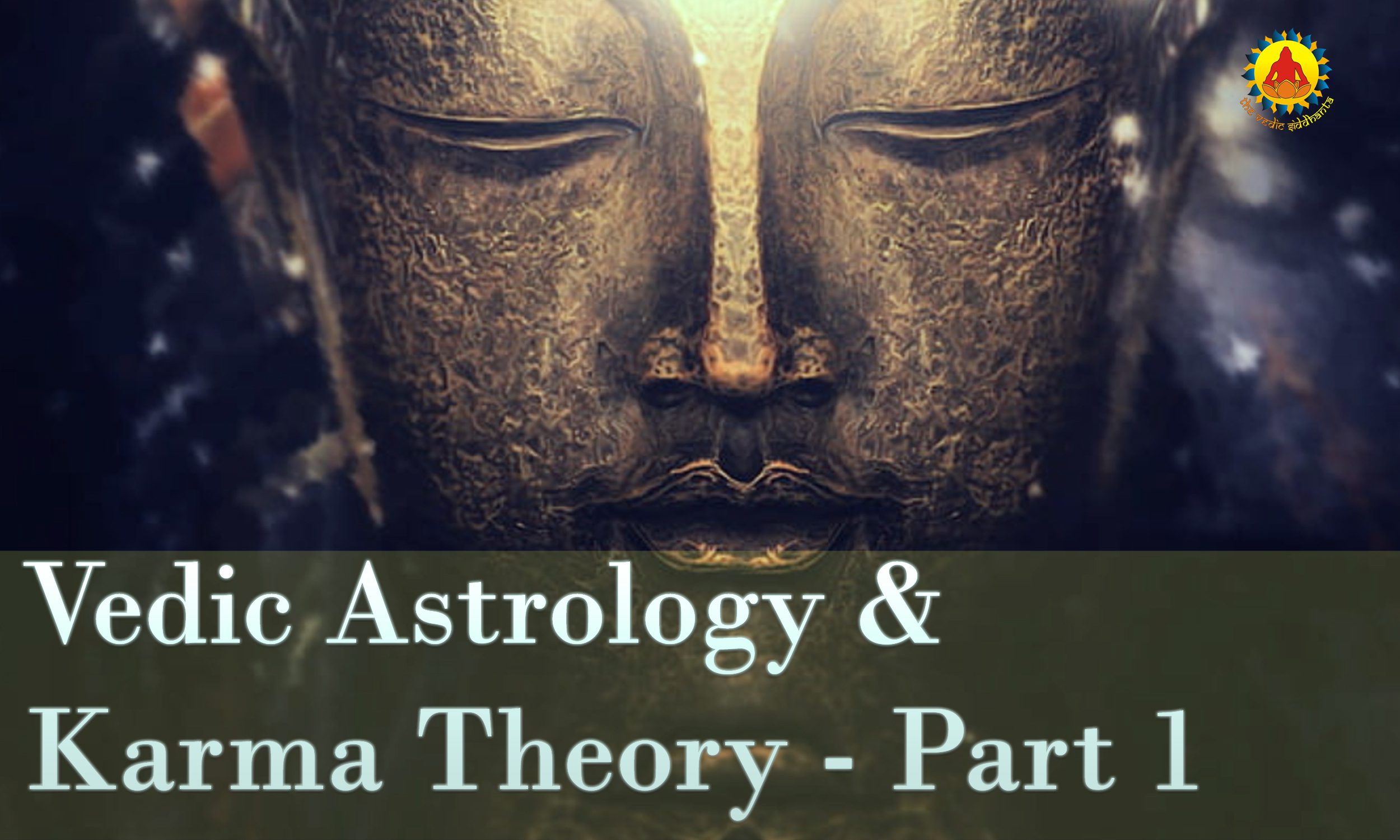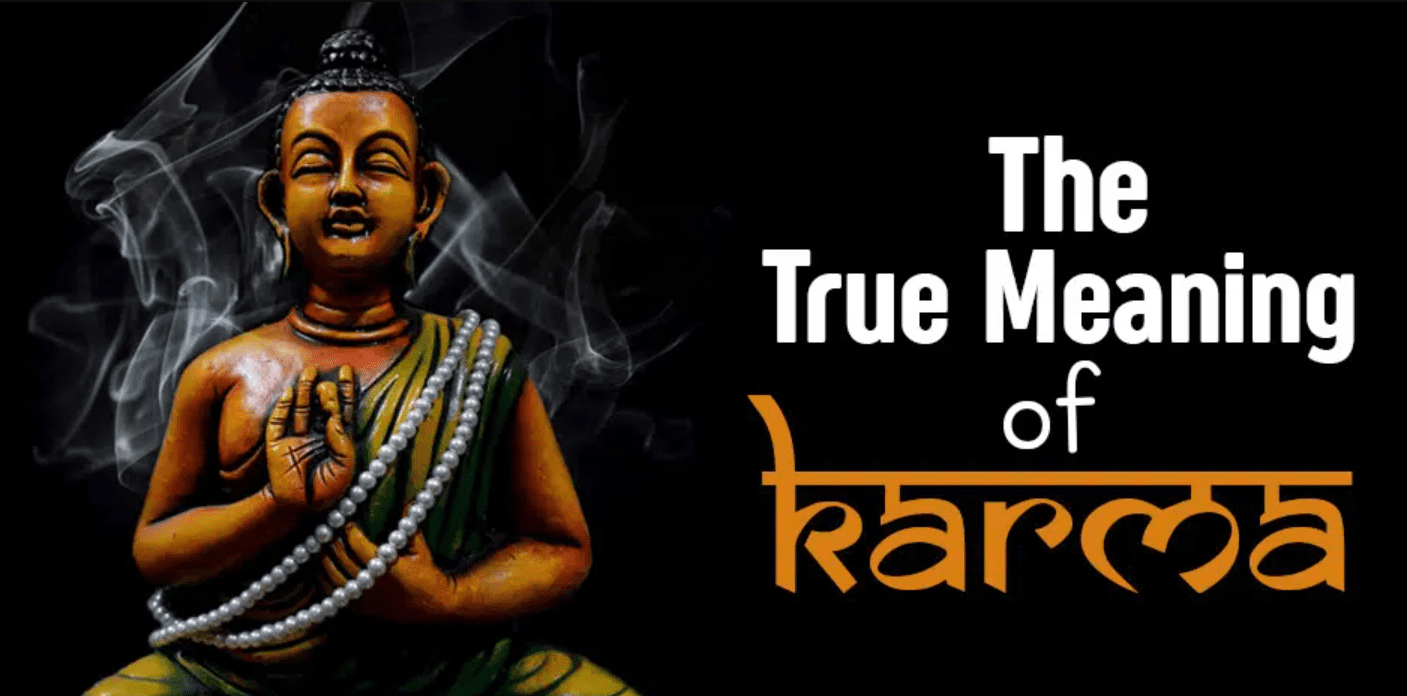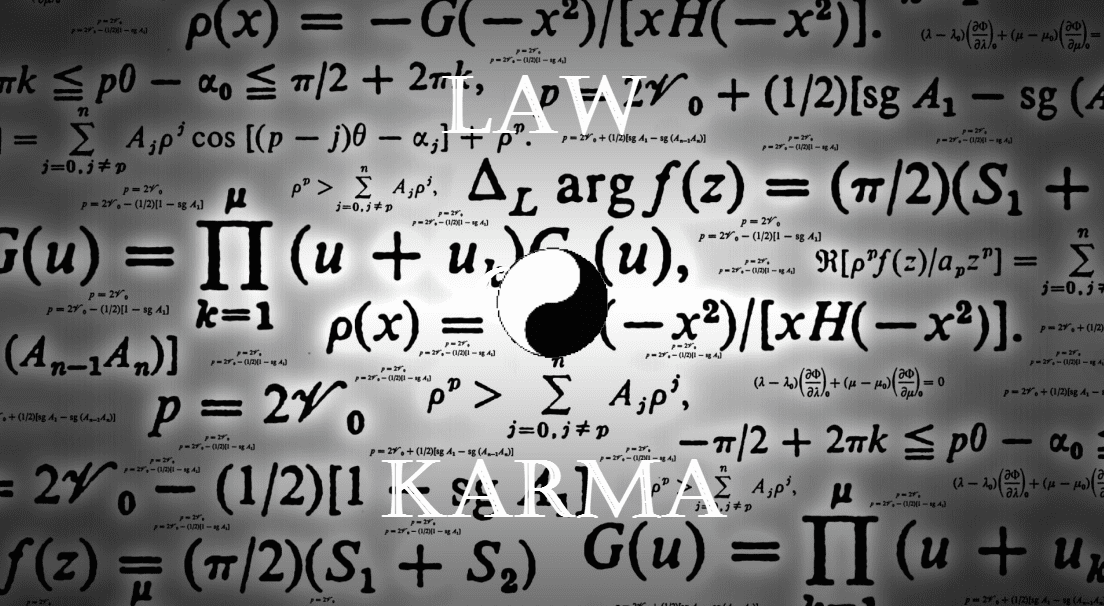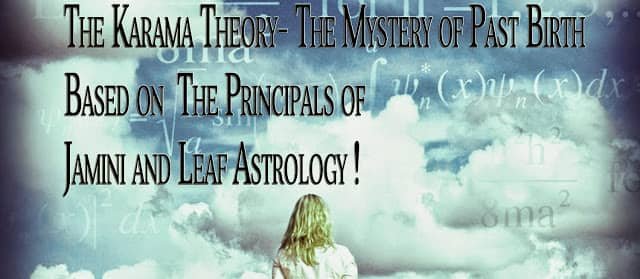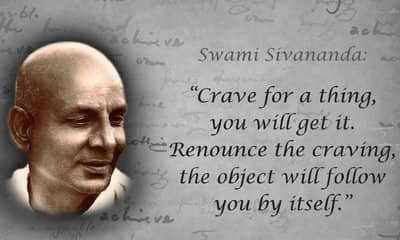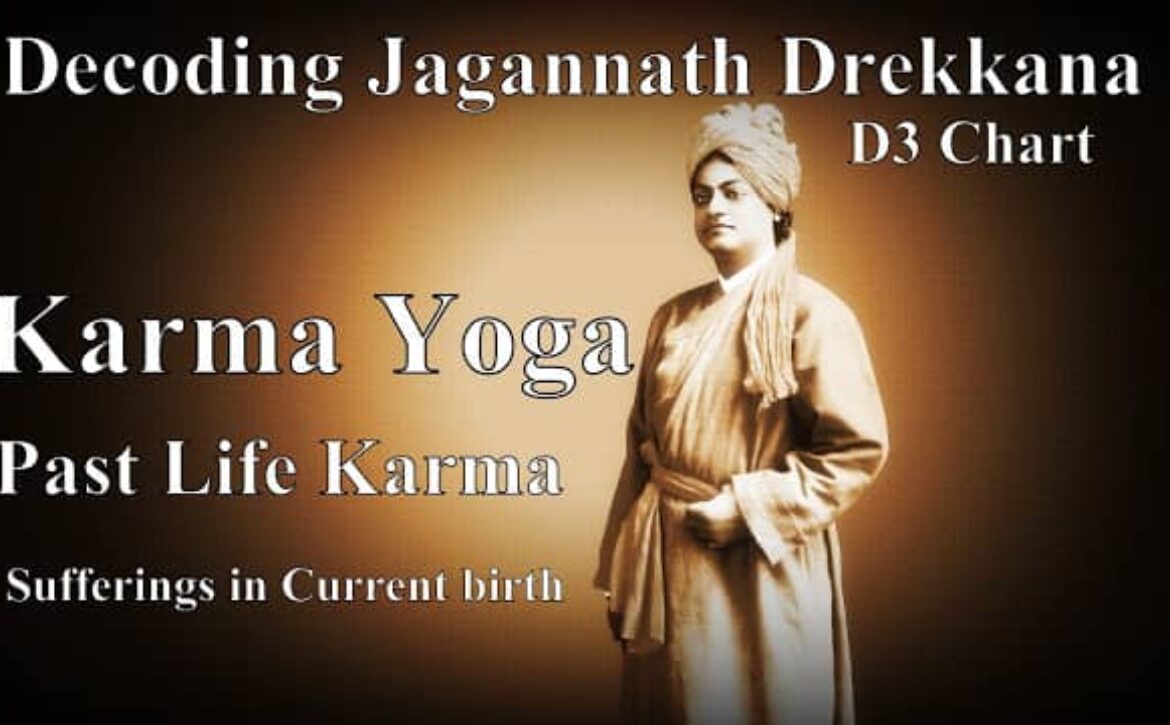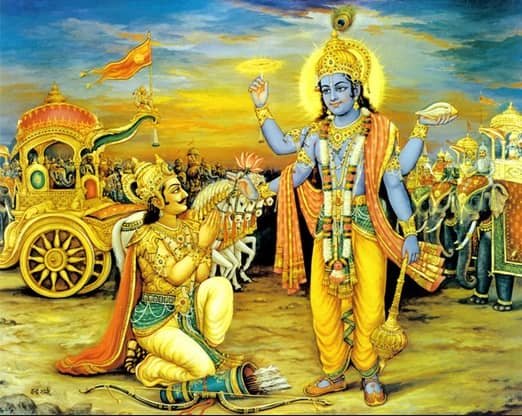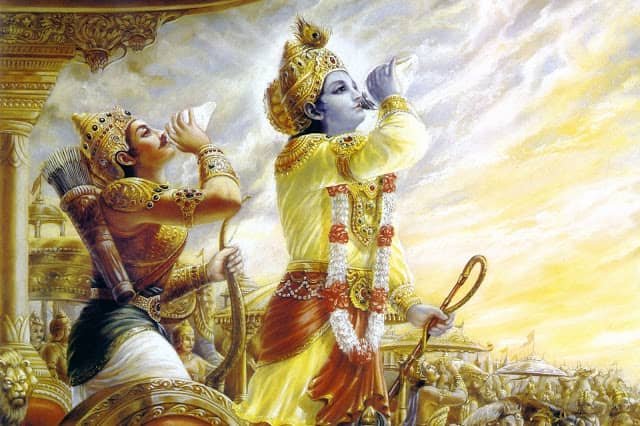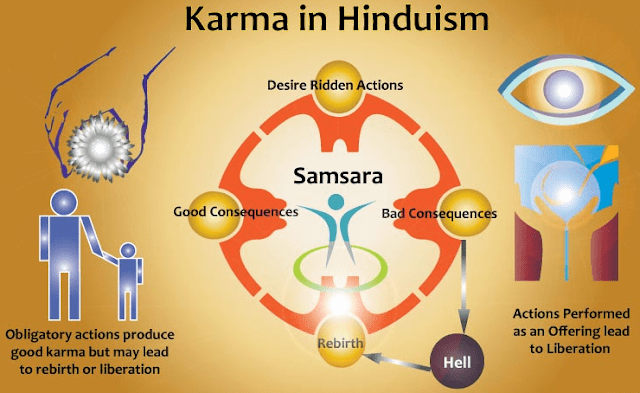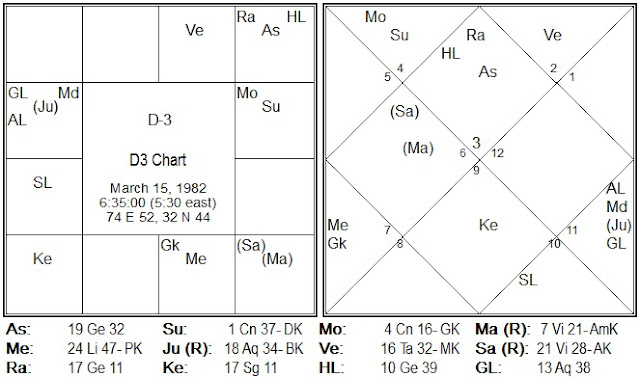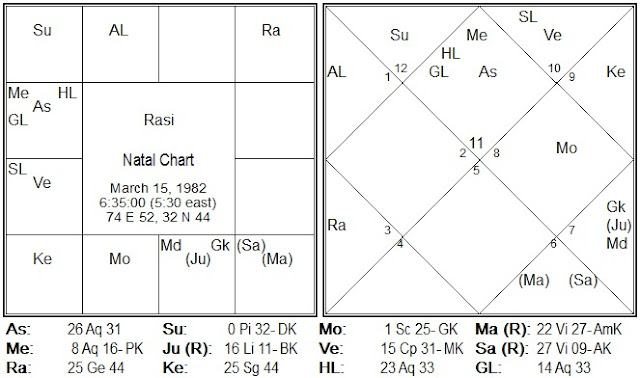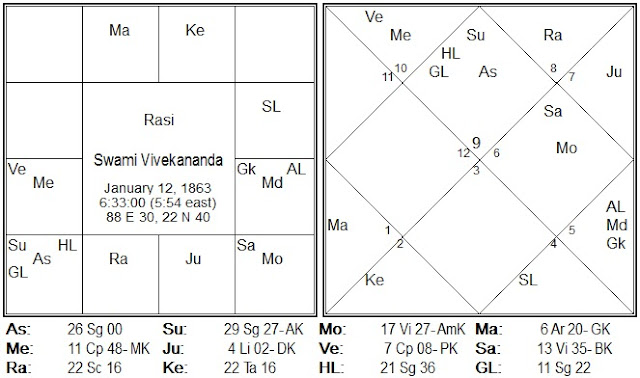Decoding Past Life Astrology, Reincarnation & Past life Regression – Part 3 : Unveiling Life’s Truths by Astrological Case Study
Written by Rocky Jamwal | Based on True life events | February-April 201
Introduction
In the preceding section of the study on the Mystery of Past Birth, we explored the use of past life astrology, karma, past life regression therapy, and the Bhagwat Geeta to get insights into the individual’s past life experiences and to comprehend their present life circumstances.
Link for part 1st : Unlocking the Mystery of Past Birth via past life astrology, Past life Regression therapy, and Bhagwat Geeta
Decoding Past Life Astrology, Reincarnation & Past life Regression – Part 3 : Unveiling Life’s Truths by Astrological Case Study
In this iteration, we will make an attempt to decode the individual’s past life existence astrologically by utilising the ideas of Jamini, Nadi, and Parashara as our guiding principles.
A small number of writings, like the Jamini Sutra and the Nadi Sutras, give us hints about the hidden knowledge behind previous birth astrology or past lives. This knowledge is closely linked to soul parameters and methods for moving forward in life, which we can learn from the different Nadi scriptures written by seers and Nadi scholars in other times and places.
Though the Jamini Sutras give a profound understanding of the fundamental principles related to the soul’s purpose and learning directly linked with one’s spiritual experiences, whereas classical astrology texts do not provide explicit visual representations related to past birth astrological parameters; however, we can still get an idea of those mentioned in the Parashara Hora shashtra related to the spiritual aspects of human beings, and these writings or short quotes do offer insights into the hidden knowledge associated with previous birth astrology, i.e. Parashara gives emphasis on the 9th, 5th, and 1st houses for understanding the Dharma and righteous duties, which are directly and indirectly linked with native past life karmas, Punyas and the ideas of Past samskaras.
These ancient documents are full of cryptic quotations that can be helpful in supplying information that can be used to gain a better understanding of the incomprehensible complexity that are involved in past-birth astrology. The outcome of this discussion is going to be determined by how much in-depth research a particular person has conducted on the topic at hand. This research should comprise an in-depth review of a number of birth charts. These birth charts should demonstrate high correlates with the individual’s current traumatic life experiences, which we can then tie further to their previous existences. Alternatively, we can analyze these charts by performing a reverse correlation on them.
The well-known astrological treatise known as the Phaladeepika was written by Manteswara, and it provides insightful information on the concepts of previous and subsequent incarnations. In the fourteenth chapter, a significant amount of information regarding astrological markers relating to previous and upcoming incarnations is presented. In the fourteenth chapter, a significant amount of attention is placed on the ninth house and its ninth lord; nonetheless, according to Phaladeepika, the ninth house has a large amount of significance.
If the ninth Lord in a person’s natal chart is in an exalted state, it is possible to infer that the person’s previous existence was connected to a higher social class that was comprised of people who had strong moral principles. This may be determined by looking at the person’s horoscope. If the 9th Lord in the natal chart is discovered to be in a debilitated state or located within the sign of an opponent, then it is possible to draw the conclusion that the person’s previous existence was spent in a specific different geographical area or areas.
According to Manteswara, the placement of the 9th Lord in either the individual’s own house or in the house of a friend denotes a connection between the individual’s current place of habitation and a previous birth that took place in the same country. This is inferred from the fact that the 9th Lord is in either its own house or in the house of a friend.
Users can learn more about these aspects by reading the article on past life incarnations that is provided further down on this page.
To Know more on Past life Incarnations, click on the below link to understand more on these astrological fundamentals :
Reincarnation and Astrology : Decoding Past Life of Shanti Devi
Investigating Past life Connections using Vedic Astrology

Now Questions arises ? Have you ever contemplated the enigmas surrounding your previous existence and the potential impact they may have on your present incarnation?
Vedic astrology, an ancient astrological tradition originating from India, provides valuable insights into the interrelationships between one’s past and present lifetimes. Through the process of scrutinising an individual’s birth chart, practitioners of Vedic astrology possess the ability to reveal the karmic forces that intricately mould the trajectory of one’s life.
In the field of Vedic astrology, the birth chart, commonly referred to as the Janam Kundli, serves as a visual depiction illustrating the precise spatial arrangement of celestial entities during an individual’s moment of birth. The aforementioned acts as a comprehensive framework that delineates the trajectory of one’s previous, current, and forthcoming existence.
Through a comprehensive analysis of several astrological principles, it is possible to explore the intricate interconnections between your past lives and acquire a more profound comprehension of the trajectory of your soul’s evolution.
Indicators of Past Lives in the Natal Chart : Past Life Astrology Connections
There are few astrological pointers one should understand i.e. The examination of the location of Rahu and Ketu, commonly referred to as the North and South Nodes of the Moon, is a significant aspect explored in Vedic astrology to establish links with past lives. The obscured elements within the birth chart are indicative of the karmic imprints originating from previous lifetimes that are perpetuated into the present incarnation.
Rahu symbolises the manifestation of aspirations, ambitions, and lingering emotional states originating from previous incarnations. The positioning of an astrological entity within a specific house and sign provides insight into the domains of existence where one may encounter difficulties and acquire significant knowledge.
In contrast, Ketu symbolises the development of one’s spiritual journey, the act of detachment, and the liberation from previous karmic cycles.
The positioning of an entity might serve as an indicator of the domains in which one has already achieved proficiency in specific classes.
The Interplay of Planetary Aspects and Past Life Connections
The examination of planetary aspects is a significant component in the analysis of the birth chart for the purpose of investigating past life connections. Aspects refer to the geometric angles established between celestial bodies, particularly planets, which can give rise to either harmonious or problematic energetic interactions.
Through the examination of the interrelationships among many celestial bodies, valuable insights can be gleaned regarding the intricate dynamics and interconnections that exist between previous incarnations and one’s current existence.
As an illustration, in the context of an individual’s birth chart, the presence of a hard aspect between the Moon and Saturn could potentially suggest a previous incarnation characterised by a deficiency in emotional support and a dearth of feelings of security, spirituality one has lead life of Sadhu or Ascetic person.
This feature may indicate a necessity to engage in self-care practises and pursue emotional recovery in order to address the karmic imbalances present in your current life.
The Significance of the Ascendant and Descendant in Astrology
The ascendant, also known as the rising sign, refers to the specific zodiac sign that was positioned on the eastern horizon during the moment of an individual’s birth. One’s personal image encompasses both the manner in which they project themselves to society and their outward physical attributes. In contrast, the descendant is the astrological sign situated on the western horizon, symbolising an individual’s interpersonal connections and alliances.
Through the examination of the ascendant and descendant signs, it is possible to discern past life connections in respect to the individuals one tends to attract and the dynamics encountered within partnerships. An illustration of this concept may be seen when considering an individual whose ascendant is in Aries and descendant is in Libra. In such a case, it is plausible to infer that this person may have had a previous incarnation characterised by qualities of autonomy and assertiveness, while simultaneously attracting companions who possessed qualities of conciliation and diplomacy.
In conclusion, it can be inferred that the provided information leads to the stated conclusion.
Vedic astrology provides an intriguing viewpoint of the interconnections between past lives and their impact on an individual’s present birth. Through a meticulous examination of an individual’s birth chart, astrologers possess the ability to reveal the karmic imprints originating from previous incarnations, thereby offering valuable insights and recommendations for effectively navigating the obstacles and educational experiences encountered in one’s present life.
The primary objective of comprehending past life connections is not to fixate on historical events, but rather to acquire profound understanding of one’s spiritual progression and exercise deliberate decision-making in the current moment. The process of embracing the teachings and relinquishing karmic patterns has the potential to facilitate individual development, foster spiritual advancement, and enhance overall life satisfaction.
Beginning of Native Past Life Journey via Past Life Regression

In this section, we will go into a more comprehensive understanding of the individual using various astrological methodologies and systems, aiming to establish connections between past and present events in an investigative fashion.
Hence, let us commence the process of deciphering the enigma surrounding the prior existence of the indigenous individual, as disclosed by the native in the context of their engagement with the past life therapist during the regression session in the year 2009.
Lets dive deeper in the historical trajectory of the indigenous individual’s previous birth existence. The origins of this event may be traced back to the year 1806, when a regression session took place in close proximity to Dongri, a location situated in Rajasthan.
Specifically, this session occurred in the present-day village of Alwar, which was part of a princely kingdom where the individual in question was born. The individual in question belonged to a royal lineage and was known by the name “Rajveer.” Through the process of regression, the individual was able to witness their own existence.
The indigenous individual provided a comprehensive account, beginning from the first stage and progressing towards the last stage, while also incorporating detailed facts and personal experiences from all stages of life. The entire session with the therapist and native was quite beneficial, as it provided valuable insights and facilitated the comprehension and interpretation of the enigmatic aspects of his previous incarnation.
Due to the distinctive encounter I had with the indigenous individual, I engaged in a series of inquiries pertaining to his astrological forecast.
The process of comprehending his natal and divisional charts proved to be an exceptionally remarkable and unparalleled experience for me. The information provided to him corresponded precisely with the horoscope that the individual described to me during our talk.
In this discourse, I intend to elucidate a process by means of a native chart, which may potentially evoke astonishment and foster a transformative learning encounter.
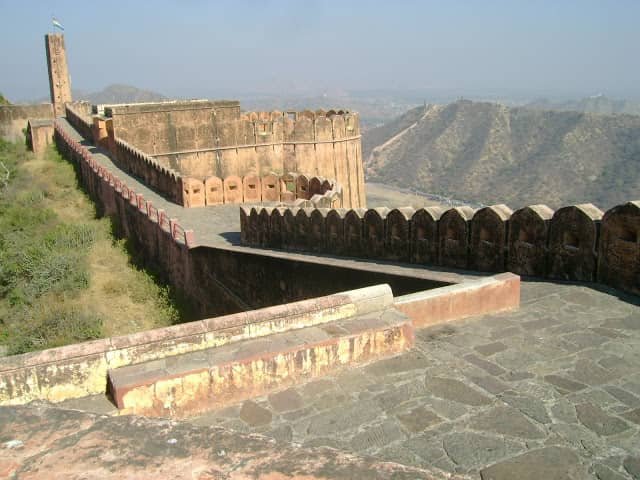 |
| Dongri Fort, as appeared in his regression process, is currently situated near Jaipur. |
The present study aims to do an astrological analysis of the native chart, with a focus on the life that commenced in the year 1806 in the region of Dongri.
Native as explained me :
” The Native has shared with me that in the year 1806 AD, in a land close to Dongri in Rajasthan, he identified himself as the son, a prince, of the reigning monarch. This individual, known as Rajveer Singh, experienced a previous existence characterised by opulence and regality. Within his kingdom, every conceivable luxury was present, and he derived great pleasure from this former life, surpassing the joys of his present existence. In his previous existence, he displayed great generosity, offering assistance to both nature and his fellow beings. However, it is important to acknowledge that he also engaged in acts of harm, driven by his anger and unbridled emotions.”
In his previous incarnation, the individual’s sibling possessed the same identity as their present existence. This sibling held great significance to the individual, providing substantial assistance throughout their endeavours, particularly in the realm of professional pursuits and romantic romance.
In a previous incarnation, it was seen that the individual of indigenous origin shown a strong devotion towards Lord Shiva, engaging in daily prayers to the deity by balancing on a single leg each morning. However, during his previous incarnation, the individual exhibited a tendency towards aggression and hostility in his interactions with colleagues, subordinates, and military personnel, as well as others in his immediate vicinity, while enjoying a lavish way of life.
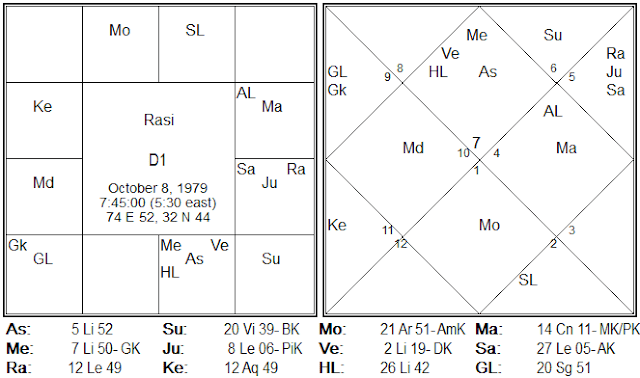
” You can Look at Mars’s Debilitation placement in the 10th house (Following the same routines in the current birth too), 2nd from the 9th house aspecting Both Venus and Mars (1st house and 5th from the 9th house) ”
In the pursuit of profound comprehension regarding previous actions and the karmic imprints of past existence, one may explore the profound influence of the native’s 6th Lord Dasha of Jupiter in the Natal chart, residing within the Sagittarius Sign, gracefully positioned within the 4th house in the D60 chart. This celestial arrangement beautifully signifies that the individual was blessed with spiritual enlightenment in their preceding birth, devoutly engaging in daily worship of Lord Shiva within a sacred temple nestled near their regal abode.
In the process of counter-enquiry and analysing the regression journey of the native verbal experience with the natal chart, I found myself in a state of profound contemplation.
As the native continued along his path, he shared with me his experience of encountering frustration with his Saarthi ( one who guided his chariot ) . Each day, he expressed his discontent by subjecting the Saarthi to harsh treatment. However, a moment of profound astonishment arose when it was revealed through regression that this very Saarthi had also been the father of the lady in his recent past.
In the realm of his past life regression journey, he shared with me that a certain lady manifested herself. As he traversed the state of death, this very lady reappeared in his current existence, assuming the form of his present spouse, his first wife. This occurrence took place in the year 2008, during the Mars Mahadasha ( Dasha of UL ) within the Antardasha period of Venus.
It is noteworthy that Venus, the lord of the eighth house, resides in Lagana alongside the ninth lord, establishing a karmic connection from a previous incarnation. This occurrence serves as a profound indication of a deeply ingrained karmic debt or a connection to past suffering or events. It is of particular significance that she appeared during the dasha of the eighth and ninth house lords.
Upon further contemplation, it becomes evident that the manifestations of the 8th and 9th house lords’ dashas serve as profound indicators of the profound interconnections stemming from previous incarnations, as well as the intricate web of accumulated Karmas, encompassing both Prarabdha and Sanchit.
While what he saw in his past journey was also very impressive, Native explained to me further that there was a general in his army in his past birth who always disobeyed his orders and always tried to put restrictions on him whenever he wanted to do something freely. From their childhood days, he used to torture him and always try to apply arm power to the native so that the native wouldn’t go anywhere at a young age, as it was the order given by the native father to that general—never leave him alone and keep an eye on him always like a guard, wherever the native goes, but the native always took this in some other direction with the motive of grudge.
Astrological Reasoning :
“Check out Sun in the 11th house from UL (older brother, in government authority and police), and in the 12th house from the Lagana (Bhadkesha Lord). It was a peculiar reality to learn that during the same life, the same guy had problems in his native life as well as a result of the powers that were held against him by his government.
This again demonstrates that there is some kind of karmic relationship between with that general’s previous incarnation and with the native; this is the reason that in this birth, that general is likewise exacting revenge via the powers vested in him by the government. In a previous life, the natives enjoyed torturing the general when he was older and always displayed his powers towards him; in this life, Prarabdha once again played his role by taking on the role of the general’s husband and brother.”
Native went on to tell me that the general who had appeared in his journey is today his brother-in-law. He is working in the police department at a senior rank, and he is also functioning as the personal security officer and secretary of various ministers. One of the primary antagonists was constantly in a rush to bother locals at whatever cost, and he displayed all of his powers simply so he could realise that he had made the same mistakes in a previous incarnation by chance.
Native informed me further that this was the person who actually was taking revenge for no reason in their current life; he used all of his police powers to mentally harass his whole family by throwing police force into his home, filling out a fake FIR case against his family without any proof or evidence, making a case of fugitive against native with the help of that saarthi (person who runs the chariot) (Now Father of native spouse and that general) in his current birth, and presuming that native.
In the end, it was pretty clear to declare that there are significant ties in the native previous life with the family of the person the native is married to at the present time. The only people Native mentioned to me throughout his voyage into his past lives were those that belonged to the same family as his current wife or girlfriend.
In addition, Native shared with me during his past-birth regression therapy session that his 11th wife was the same woman he was dating at the time he married his current wife; both of them were head over heels in love with one another and loved as if they were one soul. It’s almost like having a soulmate for a partner; it’s the same way with his current native girlfriend, who is still by his side and has given him all of her honesty, loyalty, and love. She is still generous and making an effort to build relationships with the locals and provide support for them.
Astrological Reasoning :
” Check out UL2 (8th from 1st UL (Scorpio Sign) is Gemini Sign, UL2 Lord Mercury is with Venus in Native Lagana aspecting 7th house, again displaying love from Poorva Life (9th lord in 1st house), indicating strong desire from both the pair to say linked in this birth also. Check out UL2 (8th from 1st UL (Scorpio Sign) is Aquarius Sign. Because of this, my love for reincarnation astrology has grown even stronger. “
Native continued by telling me that in his previous incarnation, he had the lifestyle of a king, and that during that time he had several Patraani who were deeply in love with him; roughly ten of them were present. This again proves to be accurate; during the native’s time spent serving in the merchant navy, he travelled to many different countries, and during those travels, he met a large number of female members (Moon in the seventh house, lord of the tenth house in the seventh house, exchange of both the seventh and tenth houses—many relationships) who were deeply in love with the native and who always took care of him with genuine love and devotion.
Mercury and Venus are conjugated in lagana in the Native American natal chart. This means that they are facing the moon in the seventh house, which represents a diversity of romantic partnerships. Also, the 7th lord Mars is in a debilitated position in the 10th house, which is the sign of Cancer (a water sign), which indicates that he formed many partnerships when he was travelling over the ocean (Jara Yoga). This provides further evidence that past birth connections exist, as well as the existence of numerous linkages with female members and locals who continue this pattern in current birth as well.
Astrological Explanation of Past life Karma


In my last article on “Past Birth Karma,” I have already explained that the 9th house should be seen for all the Sanchit Karmas (past life) and should be taken as a seed house for past birth, which means we can take it as a reference for past birth lagana. The reason being that D60 lagana changes within a fraction of minutes, and unless and until we are confirmed with accurate birth times, we can’t make it a final varga for past life assessment. Now, for a better understanding of past birth, treat the 9th house as past birth Lagana; in the native case, Gemini Lagana should be treated as past birth Lagana.
In the native case, both Mercury and Venus are falling in the 5th from the 9th house, which means Lagana will act as “Purva Punya Karama “for the 9th house, indicating past birth good deeds. Simply the fruits of your past birth good karmas, as both the 9th Lord and Laganesh are forming Raja Yogas in the 1st house, clearly telling me natives will enjoy king-like status and will belong from a kingly background in their current lives too because of past birth good actions and deeds.
Now, this is quite true to say, 9th lord in Lagana: a self-made man who will be known for his kinglyship; here both the planets are 5th (Punya or fruits of Punya) from the 9th house of past birth, telling natives that they will be treated as ideals in their past birth or maybe a famous person known for their great kingship, nature, and big hearts. Anything 5th from any Bhava indicates the Purva Punya of Bhava it is placed from, or the fruits you will get because of your Punyas or good deeds you have done in the past or your willingness to do good for others benefits means the native will continue to enjoy his luxurious lifestyle in this birth too, whenever Mercury and Venus Dasha periods will be operative in his life.
The 5th house is actually the Purva puna ya Bhava from the Lagana, which indicates what you did in the past by being placed in the 9th house, and also the bhava of Bhakti or Pooja, or the devotion you did in the past by also indicating your strong faith in the deity. 9th to any bhava is the Bhagaya connected with the Bhava. Here, Ketu in the 5th house is placed 9th from the 9th house, indicating the bhagaya of the 9th house (Gemini, the past birth Lagana).
Understanding Past life Karma via Nadi Astrology Method

Note: Nadi method to check previous life:
If we look at it from the Nadi perspective, we need to regress (moving backward to previous placement to see the immediate past life of the native (Jeeva), Jupiter progression (forward) shows about Jeeva’s current life growth and regression shows about how Jeeva has gone through his previous life) the Placement of Jupiter (in 10th house) (which is currently placed in 11th house), which will go back in the native 10th house over Mangal in If the Native’s Jupiter and Moon are in a trine with Mars, and Mars is in a trine with Jupiter, it is apparent that in a prior life, he had a position of royalty.
From Jamini Angle, from Lagana Sun is Bhadhakesha Lord, being lord of the 11th house for Chara Lagna (indicating previous birth deity) is placed in the 12th house from the Lagana, bhadhakesha in the 12th house (meaning a place where natives used to do worshipping) is considered to be a good placement for bhadhaka among all placements of bhadhaka in the natal chart for removal of all troubles, also indicates that the native was a devotee of Lord Shiva (Sun – Shiva).
Atamakarka lord (5th lord Saturn) is placed in the 11th house in Bhadhaka House with 3rd and 6th lord Jupiter (who is the 10th lord from the 9th house, indicating what Karama you have done in past birth), with 5th lord Rahu clearly indicating the disturbance happening or even happening in Bhakti at the place of worshipping in the past.
12th from Bhadkesha Lord Sun having Jupiter (6th Lord), Saturn (5th Lord), and Rahu (5th Lord) means something bad happened in the place of native worshipping in the past, which is resulting in suffering in current birth and anger to worshipping deity “Lord Shiva”; Moreover, with 3 planets placed in the bhadhaka house, the placement of Saturn and Rahu also happened to be in the 12th house from the Bhadkesha Lord Sun, further showing mismanagement (Saturn) or some sort of disastrous (Rahu) happened in the place of worshipping with Jupiter (event is something related to devotion, in the sign of eo-Bhakti).
Further, Jupiter is the 6th lord and is also placed in the 6th from the 6th house (punishment of the praradbha), and the 11th is also the 6th from the 6th, which means punishment of the diety as a result of karma you have done in the past, clearly telling me what action the native did in his past birth.
If we see the root cause, Jupiter also happens to be the lord of the 3rd house, which is also further placed in the 11th house, falling from the 9th to the 3rd, further confirming the past birth Karma phala (action). This shows the native had done something bad in the place of worship by beating that lady, and as a result, a lady came into his family in the form of his spouse (shows Rinna of past life) just to take revenge and realise suffering to the native, which is what all natives had faced after marriage, and all these sufferings are counted as a result of Native Praradbha Karam.
Hence, it is proved that past birth does come in the same way; maybe later, but it will come back to you to realise what you have done as a result of your Prarabhdha karma. All three planets are also placed in the 11th house, also indicating desires from the past, and also in the house of Bhadhakasthan (Karka of Root Desire—Rahu is there in Leo—indicating root reason of past birth—Disturbance in Bhakti (Sign of 5th Leo)) with 6th Lord Jupiter and Saturn, which signifies that whenever Rahu, Saturn, and Jupiter Dasha period will be operative, Native may face lots of unknown hurdles in its life because of his past birth bad deeds, or you can say praradbha karma.
It is quite easy to understand in this life, too. Mars is at his debilitation point in the 10th house in the sign of cancer, having an exchange with the moon, and Mars is giving the result of the sign aries as well (showing native courage and valor). He is also falling into the 2nd house (speech) from the 9th house. Further, Rahu, Saturn, and Jupiter also fall in the 3rd house from the 9th house (indicating bravery and courage) in his past lives, and it’s also another reason for rebirth because of his killing and brutality towards others.
Native also reported to me that from the beginning of his past birth, it was his dire desire to go to a place near water. He had a great love for water and a passion for ocean travel. As a result of his strong past desire, Native travelled across the world via ships and air mediums via his merchant navy profession (water travel is seen from the signs cancer and moon, and air travel is seen from the airy signs Rahu).
Conclusion:
Therefore, it is rather clear to claim that the processes of previous lives and incarnations have had a larger role in this current birth and suffering. This conclusion can be drawn from the case study that was just presented. I am expecting that now people can comprehend how to use past-life astrological principles with current birth sufferings, which I have mentioned above via native horoscopes and the past-life regression process of natives. I have explained this information via native horoscopes and the past-life regression process of natives. In the future, I plan to do additional case studies on former life astrology principles in order to provide users with a deeper comprehension of their own past lives.
I really hope that you have enjoyed both the aspects of previous life astrology that have been revealed by past life regression as well as the astrological methods that have been used to comprehend how one’s past and present lives are intertwined with one another.
Therefore, I urge you to spread the word, provide feedback, and continue your education with Vedic Siddhanta and do not forget to like comment, share, spread and clicking on the ad that can help me to write more such articles.
References, Sources, and links:
Related Consultation: From our Research Panel
This session is meant for those users who want to understand & decode root areas of life issues connecting with Past life karma, Curses, Doshas, Karmic Debts, and Rinanubandhan which they have accumulated from past life karmas, deeds, actions, and sins and are manifesting in their present life in different timelines, age, and the cycle of dashes, transits and progressions of Karmic planets. Click on the below link to understand more about this consultation:
Views: 1850


